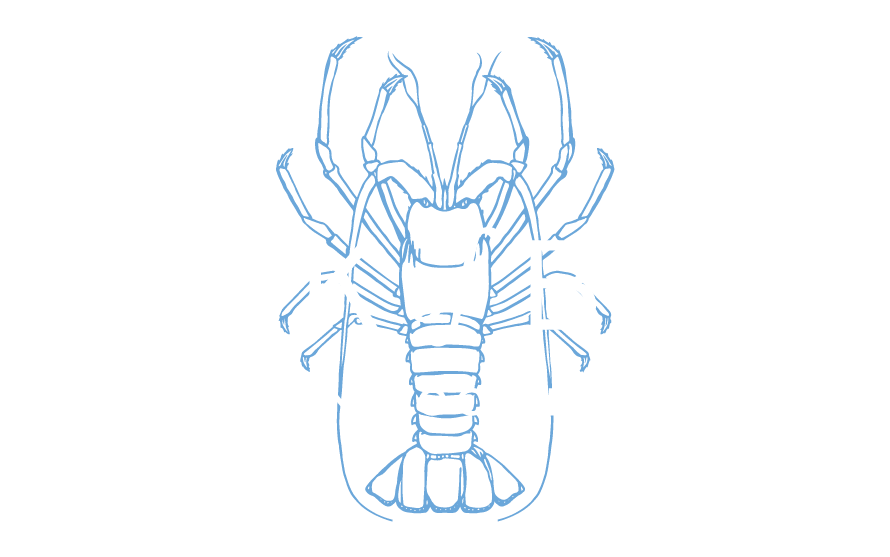
The Moulting Process: How Western Rock Lobsters Grow
Western rock lobsters have a unique challenge when it comes to growth: their hard outer shell, or exoskeleton, doesn’t expand. Instead, they must periodically shed this shell in a process known as moulting to continue growing.
What is Moulting?
To protect its soft inner body, a lobster forms a hard exoskeleton around itself. But unlike our skin, this exoskeleton can’t stretch, so lobsters must replace it as they grow. When the current shell becomes too tight, the lobster splits it at the junction between the main body and the tail, crawling out to make way for a larger one.
Vulnerability During Moulting
Moulting is a critical time for lobsters. Without a hardened shell, they’re vulnerable to predators, so they stay hidden until the new shell calcifies. The length of time it takes for the new shell to harden varies, influenced by factors like water temperature—warmer waters promote faster shell hardening, while colder waters slow the process.
Strengthening the New Shell
Interestingly, some lobsters eat their old shells to reclaim calcium, which aids in the hardening of their new exoskeleton. This adaptation speeds up the calcification process, helping them regain protection more quickly.
Moulting Frequency
Young lobsters, experiencing rapid growth, moult frequently—every 4 to 6 weeks in their early years. As they reach maturity, the frequency decreases to once or twice a year, though each moult is still essential for their survival and continued development.
For more information about the moulting process of western rock lobsters, visit the Western Rock Lobster research page here.


